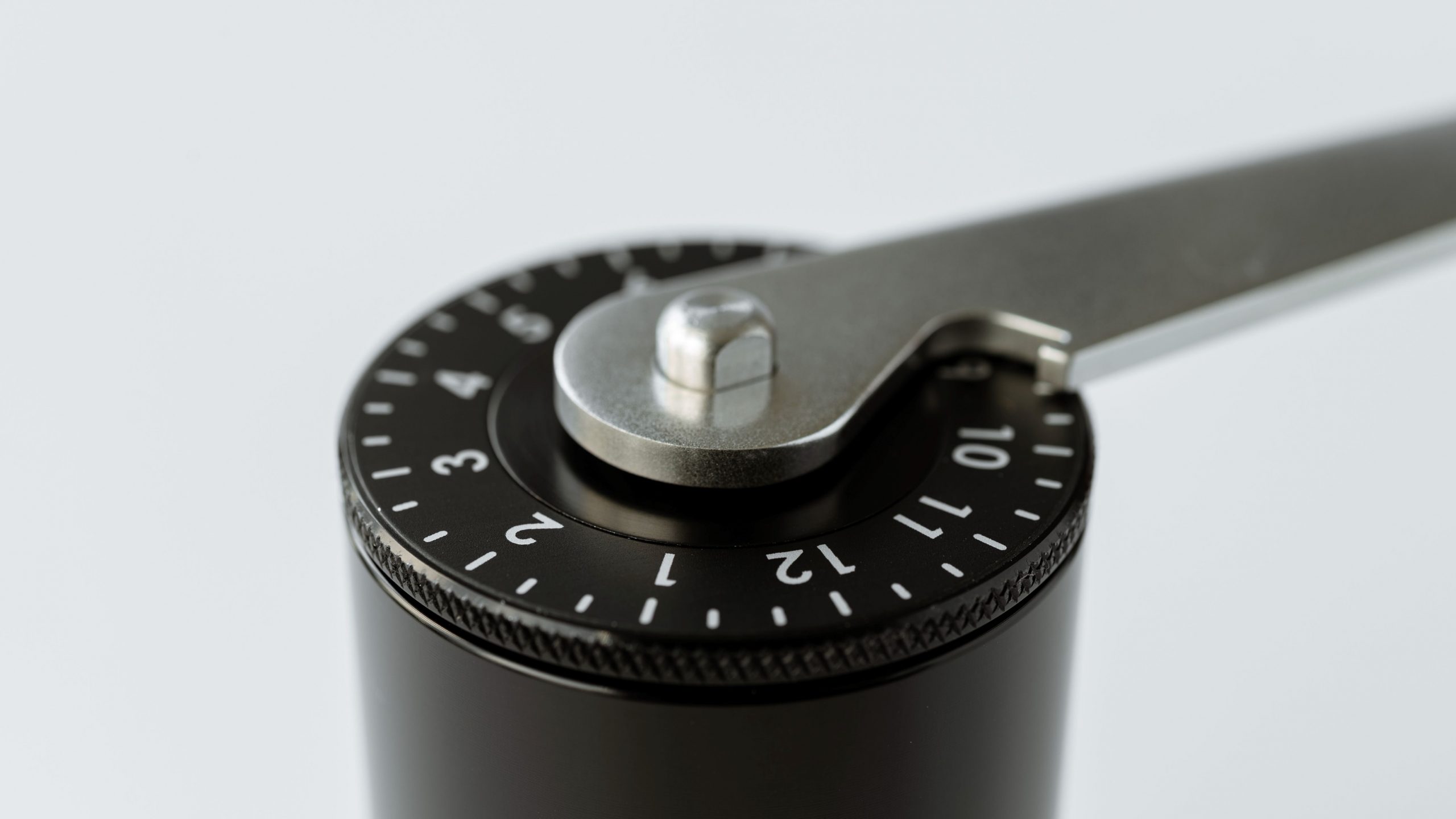I recently saw a video where a popular coffee personality talked about tasting coffee near a sink in case he had to spit it out.
Coffee cuppers, of course, typically spit out the coffee when cupping. If you’re tasting dozens or hundreds of coffees in a day, swallowing the coffee is ill-advised.
In the context of the video, however, the barista meant that he might have to spit the pour-over out if the brewing technique was too flawed. Evidently, his palate is accustomed to only drinking the finest coffees.
In my experience, there’s only one scenario where such a dramatic reaction to a brewing error might be warranted, but it happens with some frequency: grinding too fine.
This most common of brewing errors can result in harsh, acrid cups of coffee. The tell-tale sign is a sludgy, mud-like coffee bed, not to mention that intensely bitter aftertaste in the cup.
Over the last several years, I’ve noticed a certain approach to brewing coffee has found a significant following in the online community. The formula goes something like this:
- Start with a small dose (max 15 grams) of a coffee that barely kissed first crack. Preferably one that’s been “rested” for 2-3 weeks.
- Grind coffee on fine setting. Typically smaller than 600 microns.
- Brew coffee with a stronger ratio, lower water temperature, and minimal agitation— likely using a dispersion screen.
- For best results, use a high-end filter to accelerate the brew time.
There are some coffees where this approach can yield excellent results. It can even win brewing competitions. But I think it’s a bad approach for most coffees. It’s certainly a bad approach for most home baristas.
For one, the technique depends on having a high-end grinder, a dispersion tool, and a coffee that rewards extremely high extractions. If you own all three of those things, congratulations, you’re in the top 1% of coffee brewers.
My main issue is that the technique tends to lean into extremes for different parameters, which increases the likelihood of an unbalanced brew. It gives you a narrower window to achieve ideal results.
Because the grind is extremely fine, the agitation has to be kept to an absolute minimum to avoid clogging. But without sufficient turbulence, it’s much harder to achieve an even extraction. More so, the finer grind increases the risk of channeling.
It’s a little bit like having the gain too high on a microphone— you can compensate by lowering the volume on the soundboard, but the signal is more likely to be distorted or cause feedback.
To a certain extent, I think this approach to brewing is being driven by the style of roasting. Light roast coffees are less soluble, so if you brew an ultra-light coffee with standard brewing parameters, it’s probably going to have some grassy/vegetal characteristics. Grinding finer is a way to mitigate this. (I tend not to purchase these sorts of coffees, but if I find myself brewing one at home, I will increase my water temperature or contact time before resorting to an extra-fine grind.)
Why a Medium Grind Size is Best
At the risk of running afoul of the grind-as-fine-as-possible zeitgeist, I think there are good, practical reasons to use a medium grind setting. ( I define a medium grind size as between 600-1000 microns. I’m typically closer to 1000 than 600.)
Whether it’s a French press or pour-over, the key to coffee brewing is achieving a contact time that’s ideal for the particle size. Smaller particles saturate more quickly than larger particles, so the larger the grind size, the more time is needed to extract the soluble compounds.
In the case of percolation, however, there’s a reverse logic. Water percolates more quickly through the larger particles. In other words, if you use a fine grind setting, it’s harder to achieve a shorter contact time. Sibarist filters can help with this— as evidenced by their incredible success in brewing competitions. But with a typical coffee and normal brewing equipment, you’re swimming upstream.
A simpler solution is to use a medium grind setting, where the amount of time the brew takes to percolate more naturally aligns with an ideal contact time. The medium grind setting also allows for more turbulence, which is critical in achieving an even extraction.
Conclusion
Are you consistently disappointed with the coffee you brew at home? Do your pour-overs lack the flavor clarity you’re looking for?
Give your grinder a break. Take it a notch or two coarser and see what happens.
Is it the perfect solution for every coffee?
Maybe not, but at least you won’t have to spit it out.
Photo courtesy of Knock.

